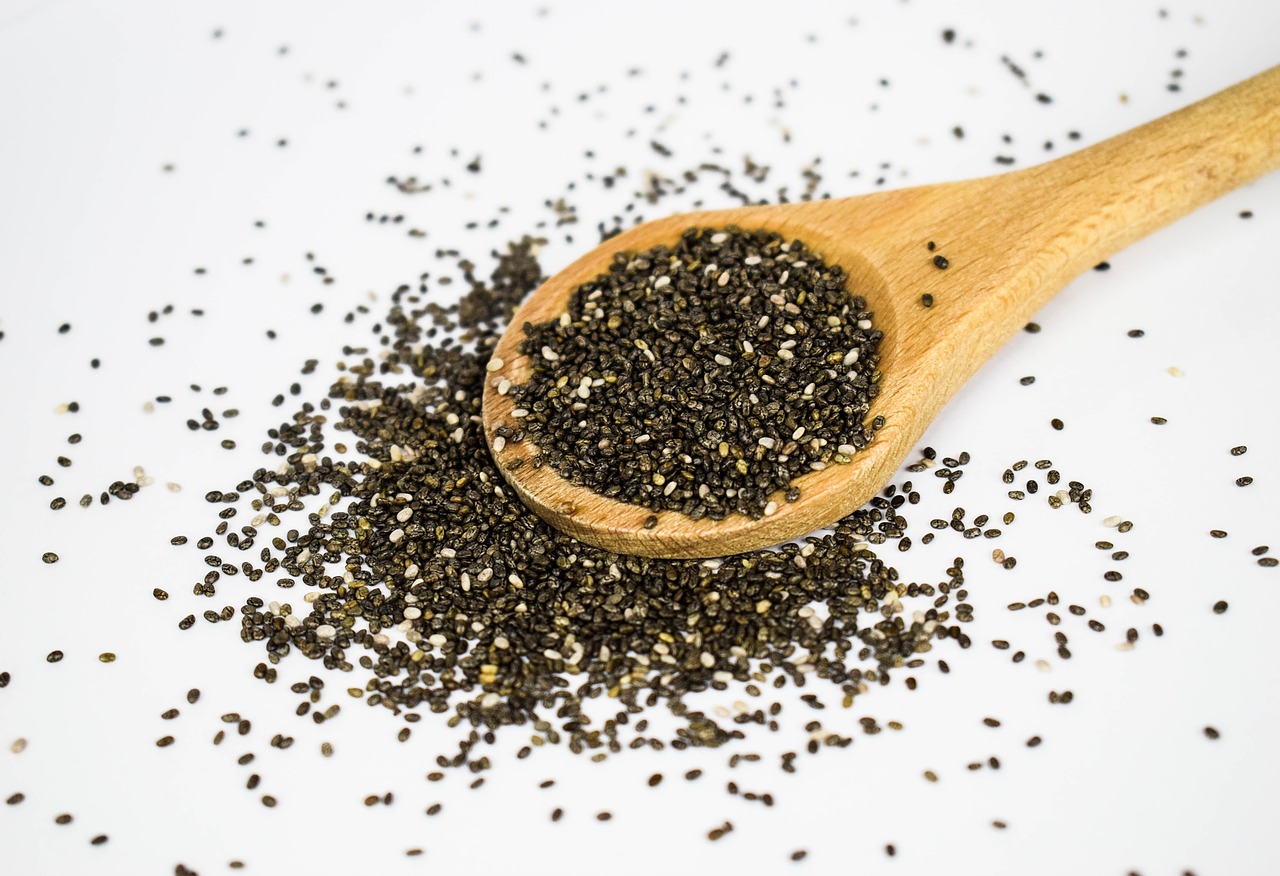
Carrots are a beloved vegetable known for their vibrant orange color, but did you know that there is a lesser-known variety called purple carrots? These visually stunning vegetables not only add a pop of color to your plate but also offer a unique array of health benefits. In this in-depth blog post, we’ll dive deeper into the world of purple carrots, exploring their nutritional composition, potential health advantages, and creative ways to incorporate them into your diet. Get ready to discover the vibrant goodness and hidden treasures of purple carrots! 🥕🌈
🌈 Understanding Purple Carrots Purple carrots, also known as black carrots or purple haze carrots, are an heirloom variety that dates back thousands of years. Unlike their orange counterparts, purple carrots are distinguished by their deep purple, almost black, color. This striking hue is due to the presence of pigments called anthocyanins, powerful antioxidants that provide numerous health benefits.
🥕 Rich in Antioxidants Purple carrots are packed with antioxidants, particularly anthocyanins. These natural plant compounds help protect the body against free radicals, unstable molecules that can cause oxidative stress and damage cells. Anthocyanins have been linked to various health benefits, including reduced inflammation, improved heart health, and potential anticancer properties.
🌈 Supports Eye Health Purple carrots, like orange carrots, contain beta-carotene, a precursor to vitamin A. Beta-carotene is essential for maintaining healthy vision and supporting overall eye health. The body converts beta-carotene into vitamin A, which is necessary for proper eye function, including the production of rhodopsin, a pigment that helps with low-light vision.
🥕 Promotes Heart Health The anthocyanins found in purple carrots have been associated with heart-healthy benefits. These antioxidants may help reduce the risk of cardiovascular disease by protecting against oxidative stress, reducing inflammation, and improving blood vessel health. Including purple carrots in your diet can be a flavorful way to support your heart health.
🌈 Anti-Inflammatory Properties Anthocyanins in purple carrots have been studied for their anti-inflammatory properties. Chronic inflammation is linked to various health conditions, including heart disease, arthritis, and certain types of cancer. The anti-inflammatory compounds in purple carrots may help reduce inflammation in the body and contribute to overall well-being.
🥕 Digestive Health Purple carrots, like other carrot varieties, are a good source of dietary fiber. Fiber is essential for maintaining a healthy digestive system, promoting regular bowel movements, and supporting gut health. Consuming purple carrots can contribute to a well-balanced diet and assist in maintaining proper digestion.
🌈 Enhanced Nutrient Profile Purple carrots boast an impressive nutritional profile, similar to orange carrots. They are a good source of essential nutrients such as vitamin C, vitamin K, potassium, and dietary fiber. These nutrients play important roles in supporting immune function, bone health, and overall well-being.
🥕 Ways to Enjoy Purple Carrots Incorporating purple carrots into your diet is both fun and nutritious. Here are a few creative ways to enjoy them:
- Raw Snacking: Slice purple carrots into sticks and enjoy them raw as a healthy and colorful snack. Pair them with your favorite dip or hummus for added flavor.
- Roasted Delight: Toss purple carrot slices or wedges in olive oil, sprinkle with your choice of herbs and spices, and roast them in the oven until tender. This method enhances their natural sweetness and brings out their rich flavor.
- Stir-Fried Goodness: Add purple carrot slices to stir-fries or sauté them with other vegetables for a vibrant and nutritious side dish.
- Colorful Salads: Shave or grate purple carrots into salads for an eye-catching element. Their beautiful purple hue adds visual appeal and a subtle earthy flavor.
- Juices and Smoothies: Incorporate purple carrots into your homemade juices or smoothies for a nutritious boost. Their vibrant color and mild sweetness blend well with other fruits and vegetables.
- Creative Culinary Delights: Use purple carrots in unique recipes such as purple carrot hummus, purple carrot soup, or even purple carrot cake. Let your culinary imagination run wild!
🌈🥕 Purple carrots not only add a splash of color to your meals but also offer a wide array of health benefits. With their antioxidant-rich nature and distinctive flavor, they are a valuable addition to a balanced diet. So, embrace the vibrancy and nutritional power of purple carrots, and let them bring a new dimension of flavor and health to your culinary adventures!













